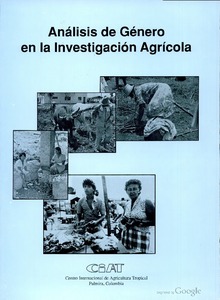Agricultural land investments and water management in the office du Niger, Mali: options for improved water pricing
Large-scale agricultural land investments in Africa are often considered solely from the land perspective. Yet land, water and other natural resources are closely interlinked in agricultural production and in sustaining rural livelihoods. Such investments involving irrigation will potentially have implications for water availability and utilization by other users, making it imperative to regard water as an economic rather than a free good.









